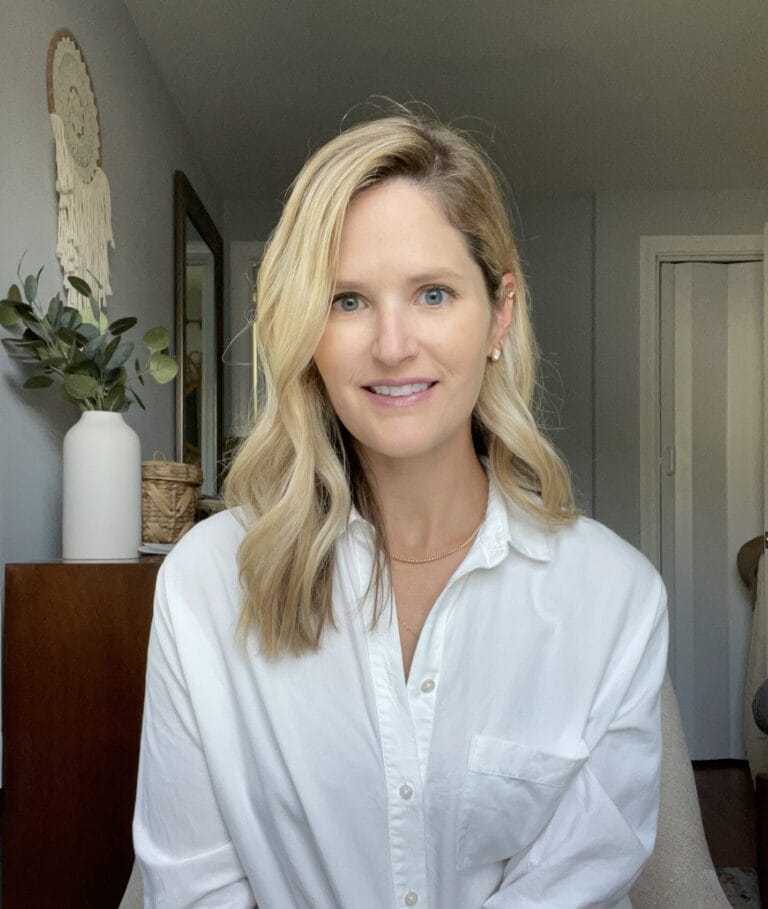
The Growing Demand
The demand for an effective curriculum that imparts essential social-emotional skills continues to grow, as more schools become convinced that these skills need to be taught in the classroom.
A survey last year by the Collaborative for Academic, Social, and Emotional Learning, or CASEL, a leading advocacy group on the topic, found that 70 percent of principals think teachers need a formal curriculum to teach SEL. This is in contrast to just two years ago when only 43 percent thought so.
In a recent survey of district leaders, school leaders, and teachers, the EdWeek Research Center found a similar consensus: 74 percent of respondents either partly agreed or completely agreed that formal social-emotional curriculum is essential. But whereas there is a consensus regarding the need, there isn’t a broad consensus on which curricula to use.
How Most School Leaders Choose a Curriculum
And choosing the best curriculum for their district can be a daunting challenge for administrators. At the core of this critical decision is deciding what information to consider when making this decision. It seems that these decisions aren’t often based on research.
The research group MDR’s study in 2018 found 53 percent of district leaders and principals relied on colleagues’ recommendations. Nearly 3 in 10 said they used social media, followed by associations, trade shows and conferences, marketing emails, or publishers’ websites.
What many of these administrators may not realize is that there are helpful resources available; however, that can guide these leaders to choose an SEL program which is both well-designed and has a history of being useful. Education Week, through a series of interviews with experts and practitioners, found some guiding principles in making this crucial decision.
Nothing Replaces Solid Research
The experts’ overwhelming consensus was that they advised their colleagues to use three essential guides that evaluate the research on SEL curricula. They are the CASEL guide, a guide created by the RAND Corp., and the Center for Research and Reform in Education (CRRE) at Johns Hopkins University School of Education, in collaboration with a distinguished Technical Work Group and a Stakeholder Advisory Group.
“These are the kinds of tools leaders should look to” as they’re exploring SEL curricula, said Eric Gordon, the Cleveland district CEO, which has been through the process several times. In 2008, the district chose the PATHS curriculum for K-5, and in the past few years, it’s added the Second Step for middle school and Facing History and Ourselves for high school.
Gordon said the CASEL guide was a vital resource, helping him avoid getting “confused or misled by vendors,” whose emails steadily stack up in his inbox.
As he spoke with EdWeek, he read a sampling of the week’s emails aloud: “SEL sample units to help you plan for next year!” said one. “Looking for a unique SEL program? Vaping prevention, SEL, and more!” said another.
Integrate Teamwork into the Process
Many district leaders felt that soliciting a wide array of input was critical to their choices. Patrick Farrell, the intervention and support coordinator in the Charlottesville, Virginia schools, and Jodie Murphy, the district’s mental-wellness facilitator, assembled a team that included administrators, counselors, psychologists, and—importantly—teachers when they evaluated social-emotional learning curricula in 2017.
“You want to have people on your team who are going to be the deliverers of that curriculum,” Murphy said. “They’re going to be looking at it through the lens of, ‘How much time will this take? How easy will this be to deliver?’ I’m a clinician, not a teacher, so having that [instructional] lens at the table was important.”
One Size Doesn’t Fit All
Meria Carstarphen has led the SEL-choice process twice, as superintendent in Atlanta and led the Austin, Texas schools a decade ago. She realized that understanding the particular needs of her district was key to the curriculum’s effectiveness.
When she was in Austin, Ms. Carstarphen had a large population of children in poverty and English-learners. According to Carstarphen, the district had just experienced a tragic rise in youth suicide and needed a curriculum that would address the “emotional strain in the community.”
Atlanta, on the other hand, was an entirely different story. That district was in the midst of a well-known cheating scandal when she arrived, with student morale mired deep in a hole. Ms. Carstarphen recognized that both the teachers and students needed self-regulation, respecting others, communication, and problem-solving. At that time, Atlanta needed an SEL curriculum that could effect a “massive reset” for everyone.
The Curriculum must be Integrated and Explicit
The experts were unanimous in consent that SEL instruction must be integrated into the school day, rather than handled in one subject or discrete sessions. Their experience taught them that social-emotional curricula that are manifest in everyday routines, pulled across all courses, are more likely to be effective.
In addition to the need to integrate the social-emotional learning curriculum into all subjects, it should be explicit, experts said. Teachers must be careful not to allow their instruction to be left to the children’s ability to decipher the lesson. What is being taught must be spelled out and reinforced.




